Kaleidoscopic City: Gem hunting with Bulgari in Jaipur
Bulgari’s creative director takes us on an exclusive tour of the Pink City
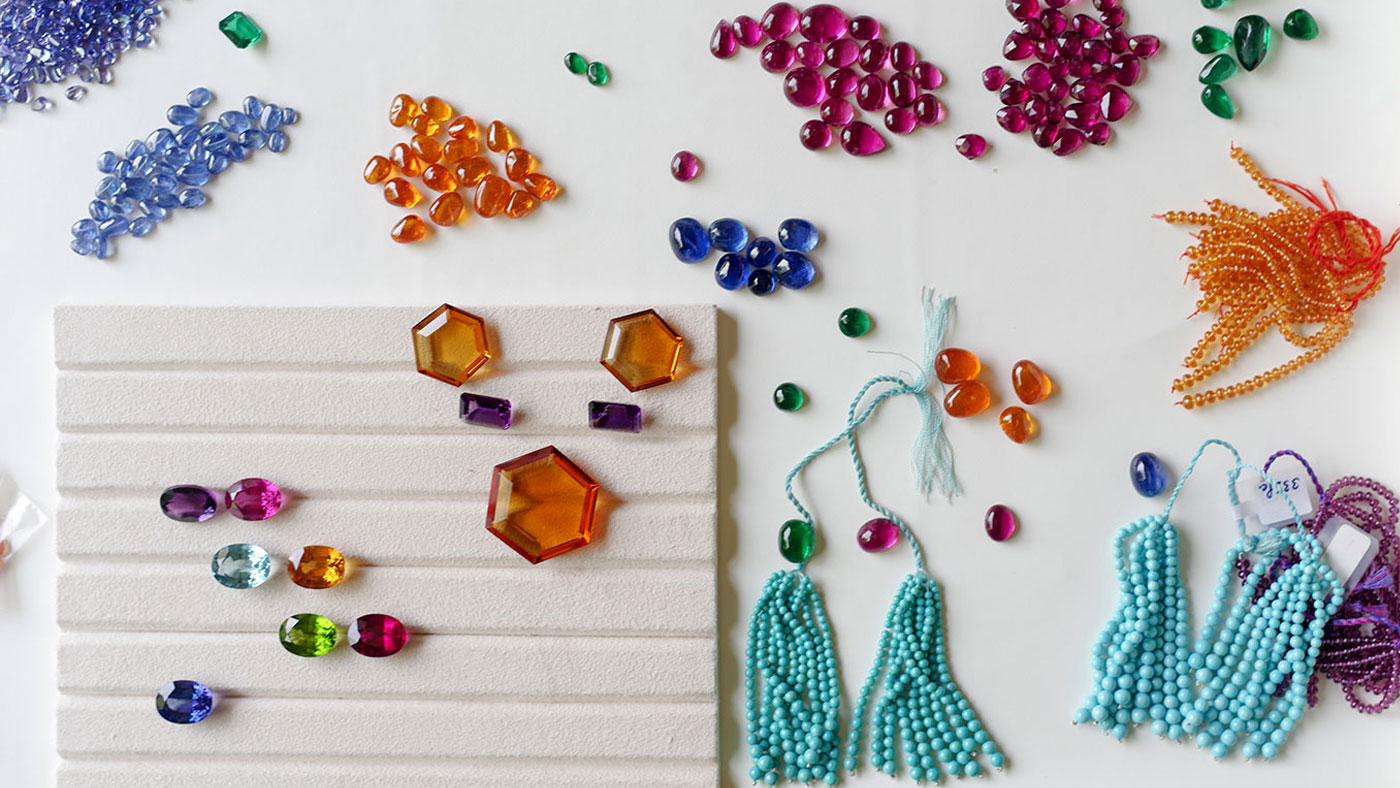
The minute Lucia Silvestri’s plane touches the tarmac in Jaipur, the phone calls begin. “She’s here, she’s here,” local jewel dealers whisper into their mobiles. Their names may not be in her appointments diary, but that doesn’t stop the traders pitching for a few minutes of her time. “I have no idea how they know,” a laughing Silvestri says of her trips to the northern Indian city. “But the calls start before I even reach my hotel.”
Jaipur is the world centre of trading in coloured gems. The city is like a treasure store of rubies, emeralds, sapphires and semi-precious stones, in quantities that would make even Ali Baba’s mouth water. So, it’s no surprise that, as creative director of the Italian jewellery giant Bulgari, Silvestri is big news here. And she’s after only the best.
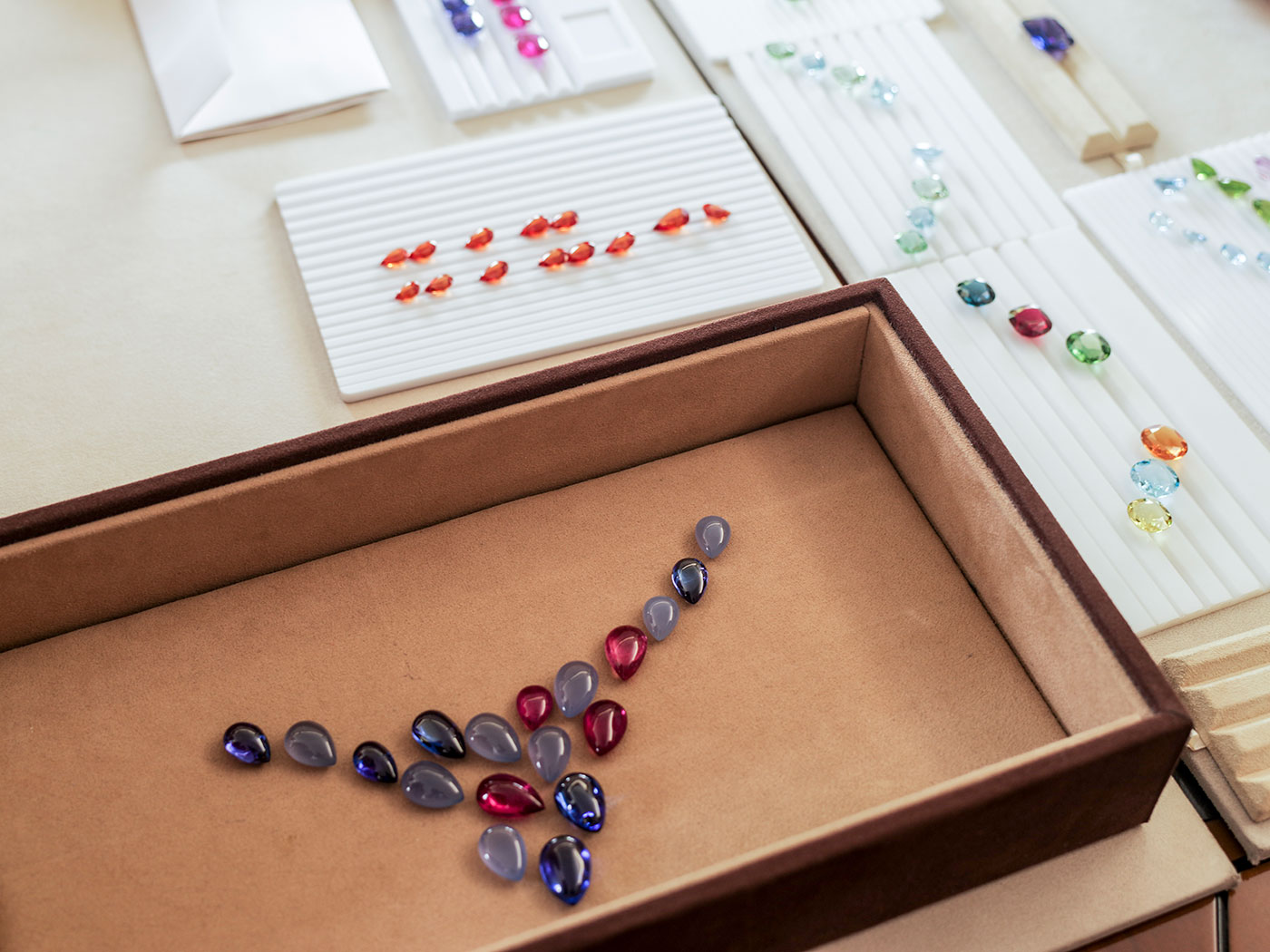
Bulgari itself has its origins in western Greece: born in the Epirus region, Sotirios Voulgaris founded the jewellery house in 1881 after relocating to Rome, and opened his first shop there in 1884. It was in 1905 he opened the store on the Via Condotti that would become the brand’s flagship.
The Week
Escape your echo chamber. Get the facts behind the news, plus analysis from multiple perspectives.

Sign up for The Week's Free Newsletters
From our morning news briefing to a weekly Good News Newsletter, get the best of The Week delivered directly to your inbox.
From our morning news briefing to a weekly Good News Newsletter, get the best of The Week delivered directly to your inbox.
By the 1950s, Bulgari was one of the best-known names in jewellery, much loved by film stars including Gina Lollobrigida, Ingrid Bergman and, most famously, Elizabeth Taylor. The brand became famous for its use of coloured stones – not only rubies and emeralds, but semi-precious gems such as amethysts, aquamarines and citrines, set according to colour and often cabochon cut.
Today, design is as important as value and colour as integral as carats. Appropriately enough, Silvestri, who joined Bulgari at the age of just 18, began her career as a gem buyer – in fact, her first business trip was to Jaipur. “From the very beginning, I was choosing stones and putting them together according to colour, so was always involved in the creative process, albeit unofficially,” she says. This role finally became official in 2013 when she was appointed creative director.
Silvestri’s involvement throughout the design process, from choosing the gems right through to creating the pieces, makes her unusual in the world of jewellery – and, of course, incredibly important to dealers in Jaipur and beyond. Bulgari’s jewellery manufacturing headquarters in the northern Italian town of Valenza is the biggest in Europe.
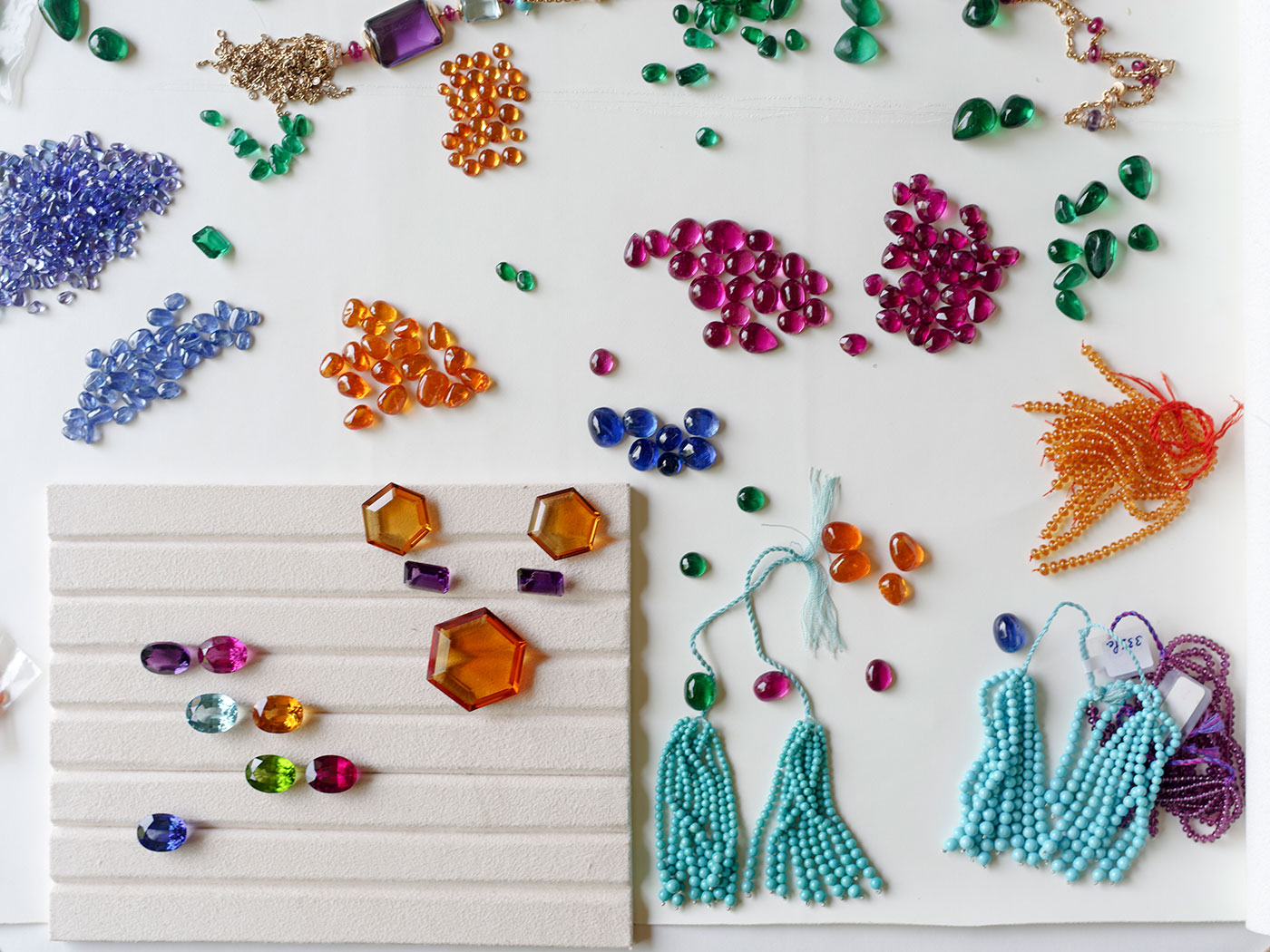
Her first meeting on this particular trip starts like a scene from the Arabian Nights. We enter a boardroom and are greeted by an enormous table groaning beneath piles of uncut gems. The stones themselves are so big – many the size of golf balls – that it’s hard to believe they’re real.
A free daily email with the biggest news stories of the day – and the best features from TheWeek.com
Then the dealer shows Silvestri an uncut emerald that’s the size of a house brick and weighs 12,000 carats – for perspective, the Koh-i-Noor diamond in the British Crown Jewels, one of the world’s largest cut diamonds, is just over 105 carats.
Silvestri ensures she has a photograph taken holding the huge gem, to share with her 45,000 Instagram followers. All this, however, is just for show: these outsize gems are uncut, with myriad flaws. What Silvestri is really here to see are the cut stones she may – or may not – buy. “The cut is fundamental to the stone,” she says.
“In Jaipur, the knowledge and craftsmanship are unique, and the cut can change [the stone’s] shade, its appearance, its shade, and even how it catches the light.”
In another room, she’s presented with trays and bags of polished stones, and we get to see what a lifetime in the business teaches you. With little more than a glance, she picks out the high-quality gems, rejecting those that fail to impress with a shake of the head.
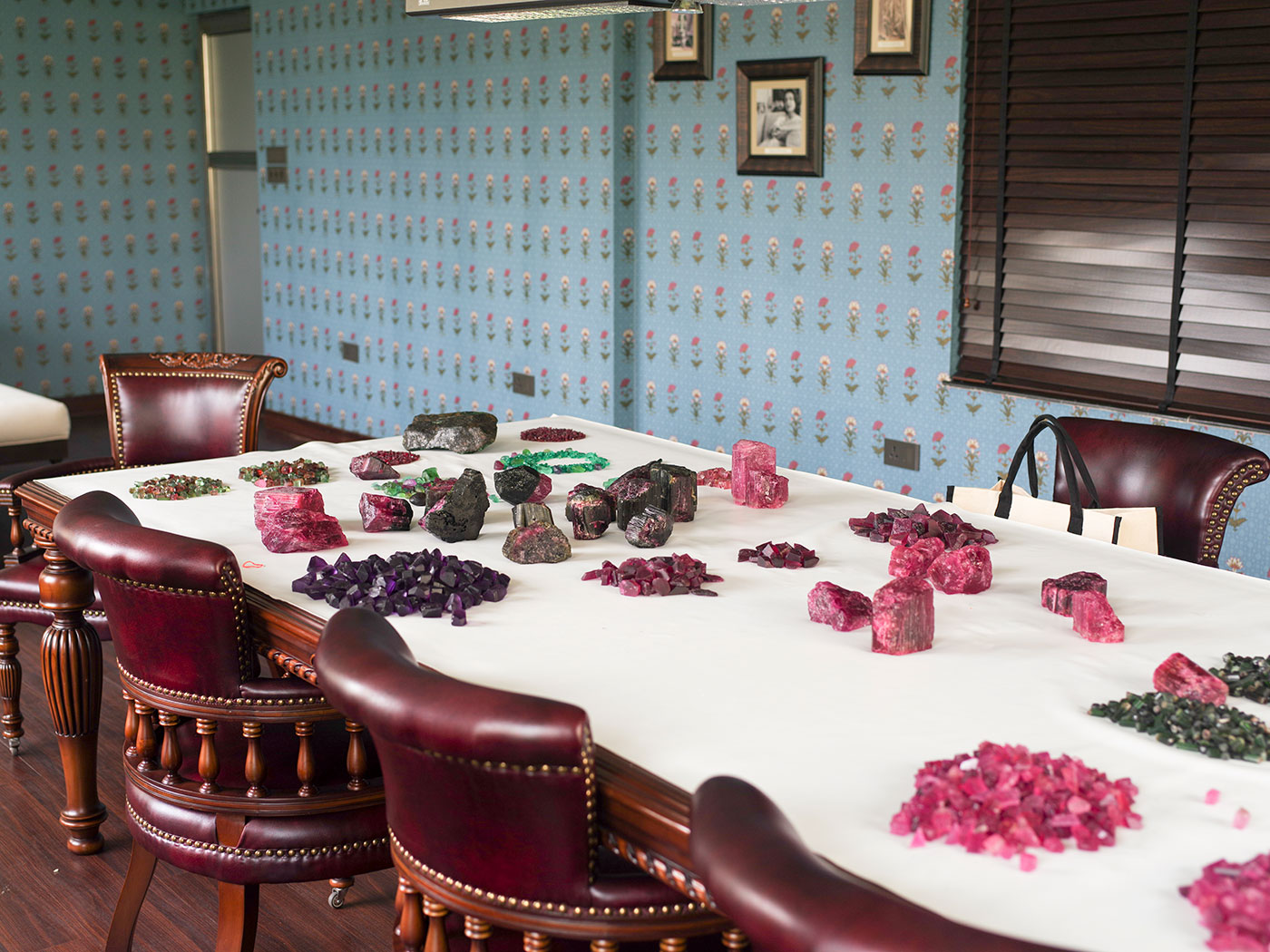
Silvestri’s designs can start here. She pulls out a selection of stones in pinks, greens and tangerine and begins to play, grouping them like a fairy-tale flower. Like Silvestri’s personal style, the aesthetic is very much Italian.
The process of Silverstri selecting stones is extraordinarily fast, but even to the untrained eye the resulting clusters simply, well, work. When Silvestri asks for prices, she simply clicks her tongue if she doesn’t like the answer. It’s obvious the dealers are aware that she knows as much as they do, and that her estimates are fair.
There’s nothing random about the process: she’s looking for the right pieces in the right colour at the right size; nothing less will do. “I was lucky to be trained by masters, Nicola and Paolo Bulgari,” she says.
“The Bulgari family put their trust in me and invested in me. I was told, ‘We don’t work with ordinary gems, we only buy important stones.’” Among the bigger dealers, Silvestri is treated almost as family, invited to lunch and brought babies to kiss. It’s clear she’s held in the highest regard.
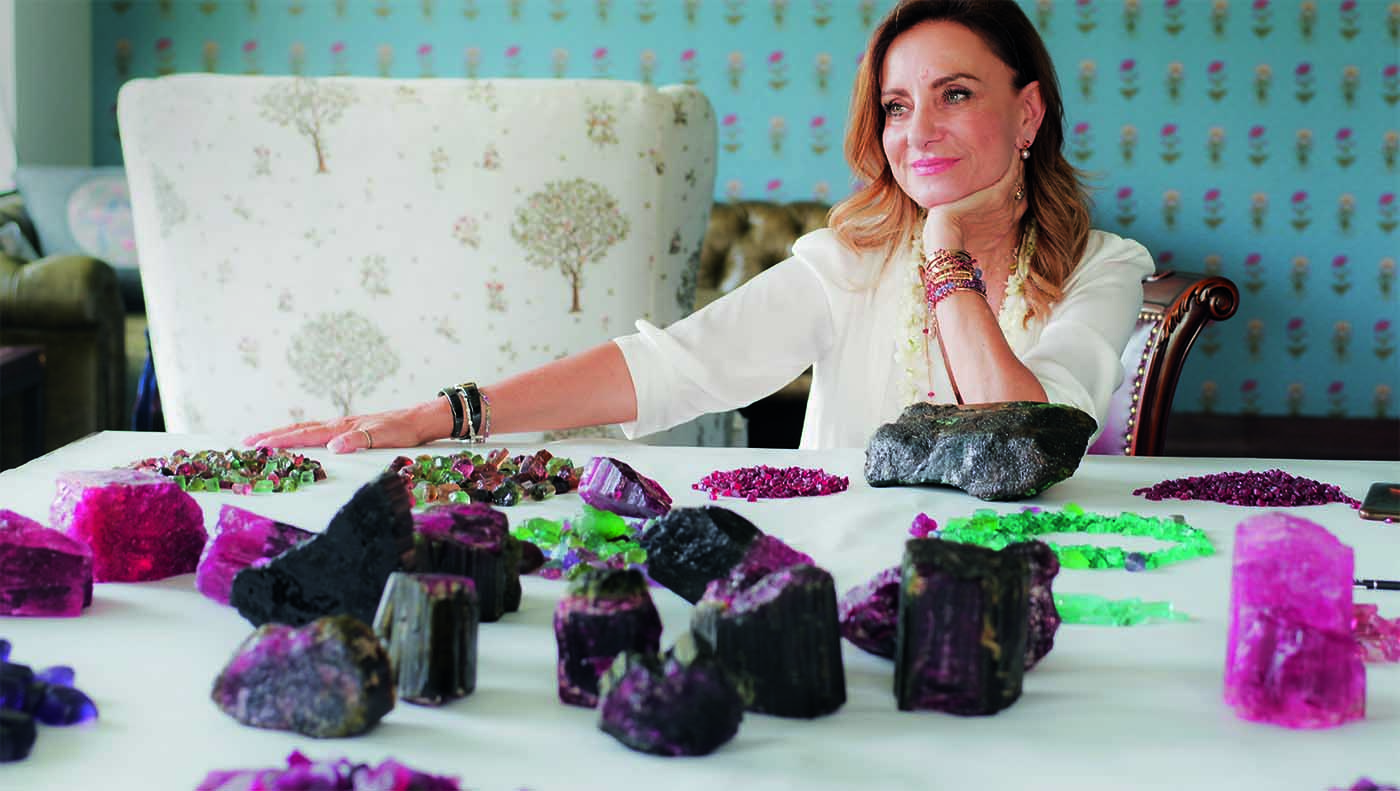
Jaipur’s jewellery business dates back to the early 18th century when the Maharaja Sawai Jai Singh II founded the city as the capital of Rajasthan and invited craftsmen from around the sub-continent to help make it a major trading hub, particularly for polishing emeralds, which were every bit as desirable and expensive as diamonds. The Maharaja himself was particularly keen on bejewelled ankle bracelets for his elephants.
Today, the trade has grown to encompass all coloured precious and semi-precious stones, which come from all over the world: Brazil for emeralds, Myanmar for rubies, Mozambique for sapphires. Traditionally, Jaipur dealers would have bought directly from the mines, but, due to increased competition and a scarcity of supply, many are now forced to go to auction.
In a country with such a staggering inequality of wealth, the gem dealers take care not to flaunt their wealth – even if they all seem to sport Patek Philippe watches and Hermès sandals behind closed doors.
The factories themselves operate in ways that have changed little over the years. Typically for India, the workers tend to belong to families that have been employed in the business for generations. And they still work crouched on the floor, polishing stones with machinery that looks older than they are.
Some of their techniques, such as carving rubies, date back to the Mughal Empire. Outside the calm of the dealers’ air-conditioned offices, the Pink City, so named because of the colour of its most historic buildings, is growing at a dizzying speed. It is now India’s 10th biggest city, with a population well over three million – “It wouldn’t be India without crowds,” comments Silvestri. Unsurprisingly, the traffic is terrifying: countless scooters, some carrying entire families, dart among the cars, and road laws appear non-existent.
Nevertheless, it’s obvious that Silvestri loves Jaipur for its energy and its chaos as much as for its jewels. No trip here is complete without a visit to Lassiwala, for what she describes as “the best lassi in India”. “The shop has been here for more than 70 years. However full my diary is, I will always find time to come here”.
In a city where emeralds are the size of house bricks, life is the perfect mix of extravagance and simple pleasures.
-
 US citizens are carrying passports amid ICE fears
US citizens are carrying passports amid ICE fearsThe Explainer ‘You do what you have to do to avoid problems,’ one person told The Guardian
-
 All roads to Ukraine-Russia peace run through Donetsk
All roads to Ukraine-Russia peace run through DonetskIN THE SPOTLIGHT Volodymyr Zelenskyy is floating a major concession on one of the thorniest issues in the complex negotiations between Ukraine and Russia
-
 Why is Trump killing off clean energy?
Why is Trump killing off clean energy?Today's Big Question The president halts offshore wind farm construction
-
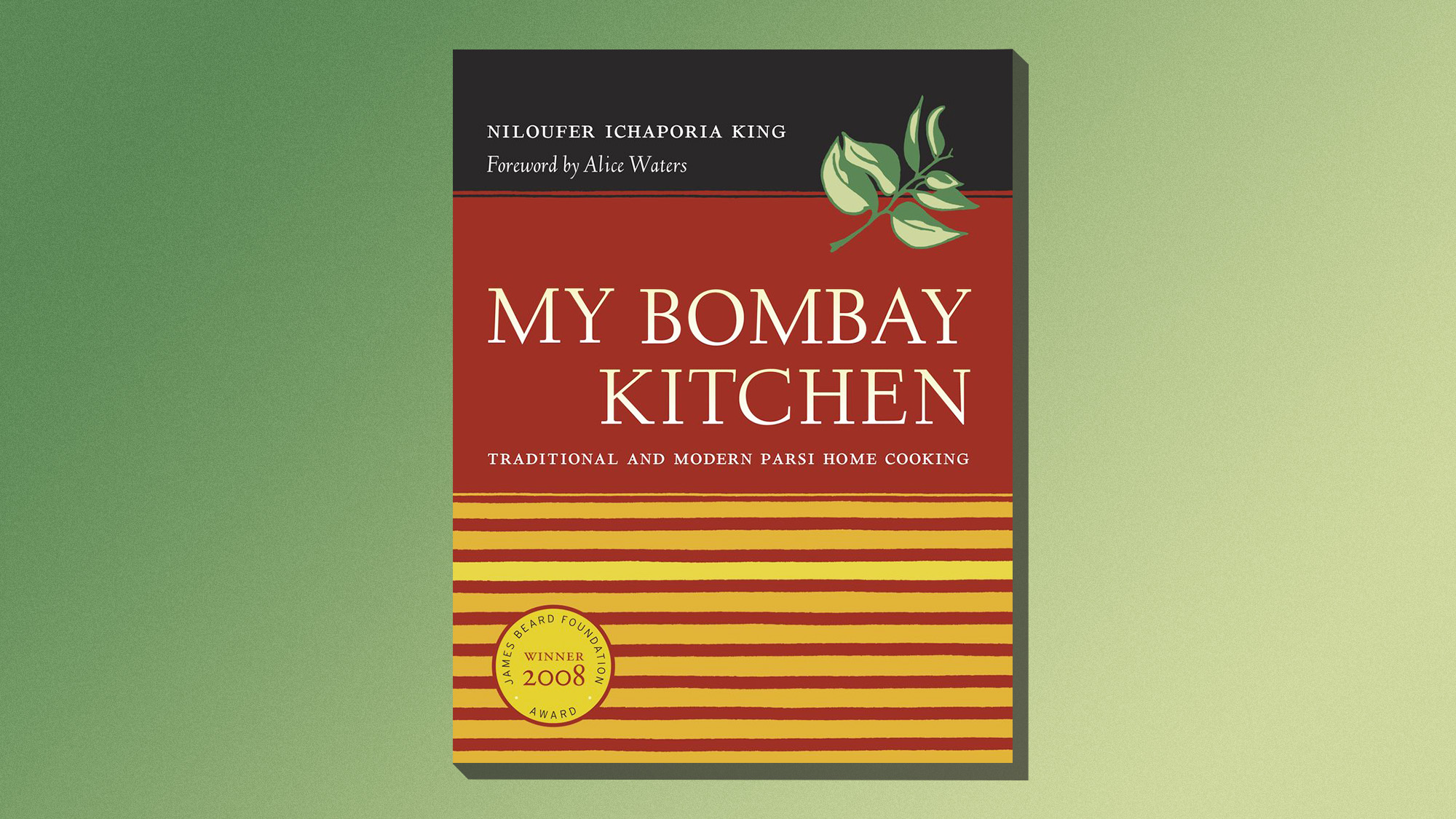 One great cookbook: Niloufer Ichaporia King’s ‘My Bombay Kitchen’
One great cookbook: Niloufer Ichaporia King’s ‘My Bombay Kitchen’The Week Recommends A personal, scholarly wander through a singular cuisine
-
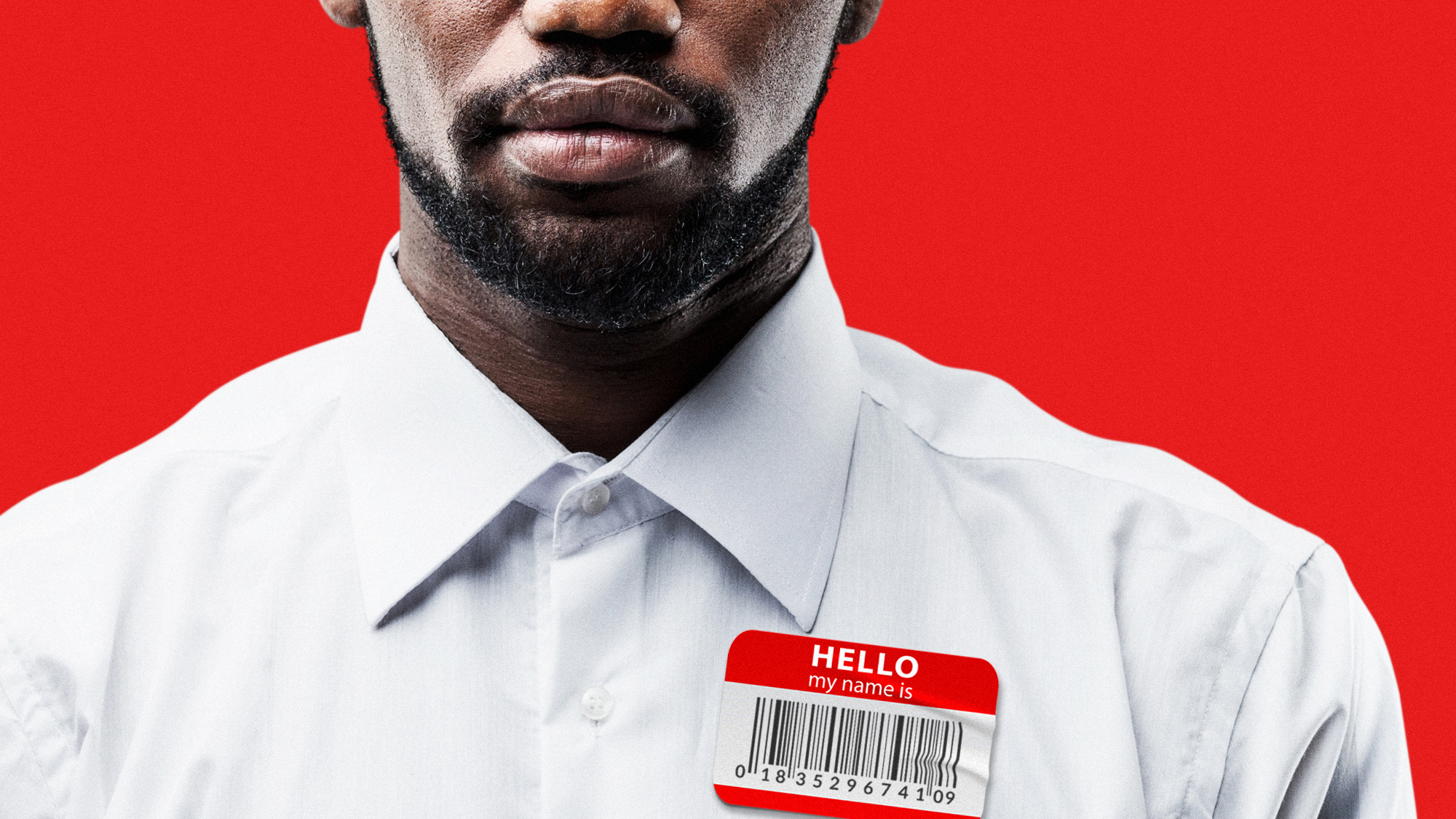 How digital ID cards work around the world
How digital ID cards work around the worldThe Explainer Many countries use electronic ID to streamline access to services despite concern by civil rights groups they ‘shift the balance of power towards the state’
-
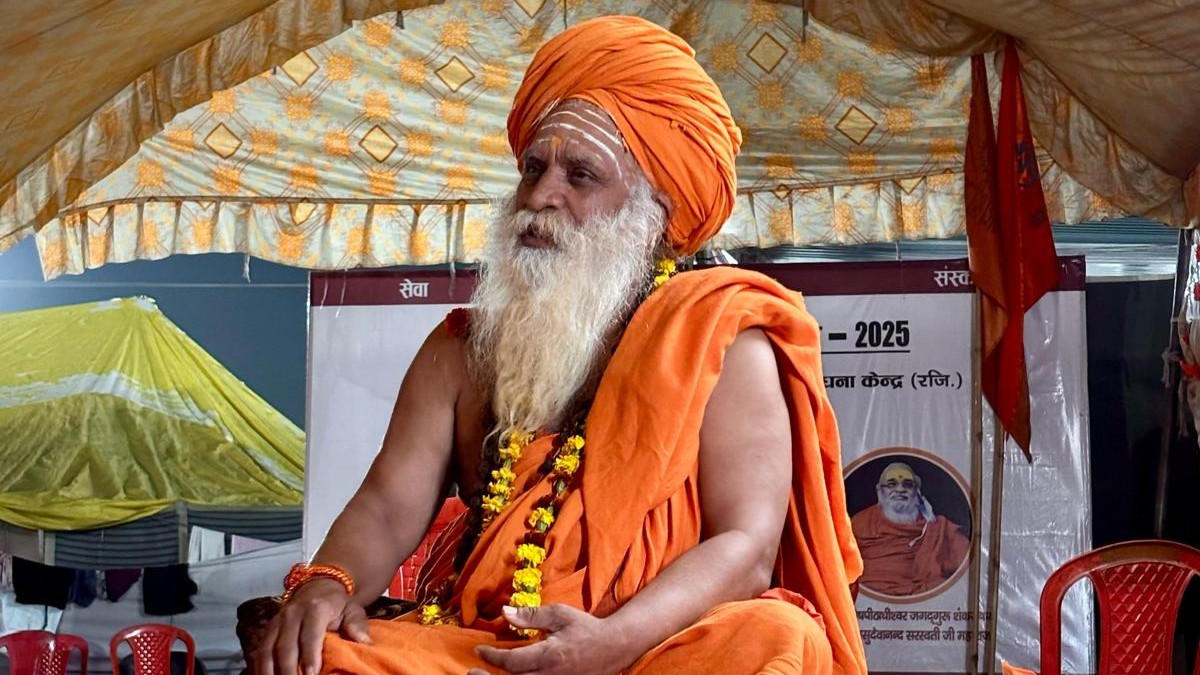 Uttar Pradesh: from a once-in-a-generation festival to tiger tracking in an ancient forest
Uttar Pradesh: from a once-in-a-generation festival to tiger tracking in an ancient forestThe Week Recommends Soak up the state's rich culture on one of Explorations Company's specially curated tours
-
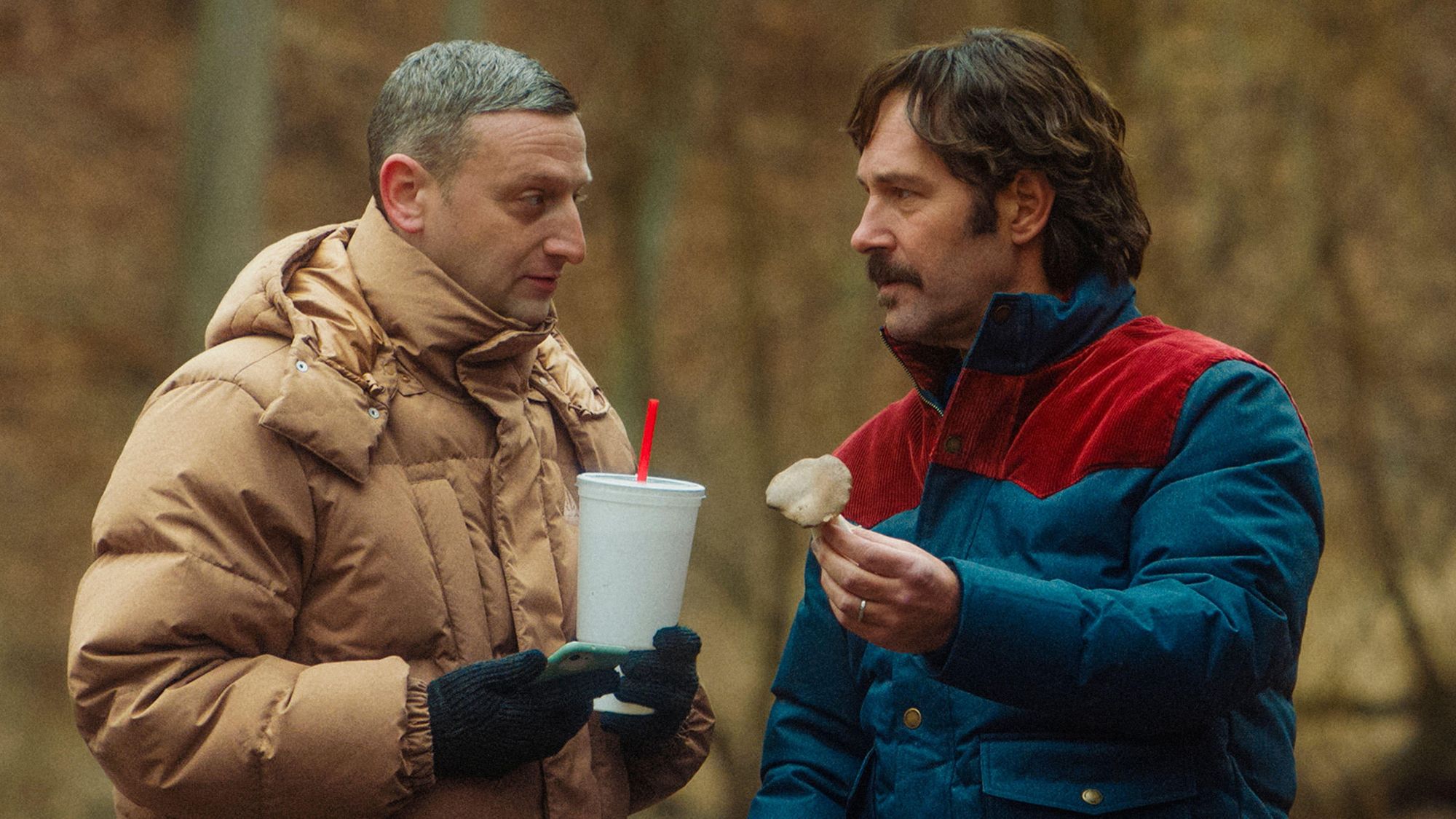 Friendship: 'bromance' comedy starring Paul Rudd and Tim Robinson
Friendship: 'bromance' comedy starring Paul Rudd and Tim RobinsonThe Week Recommends 'Lampooning and embracing' middle-aged male loneliness, this film is 'enjoyable and funny'
-
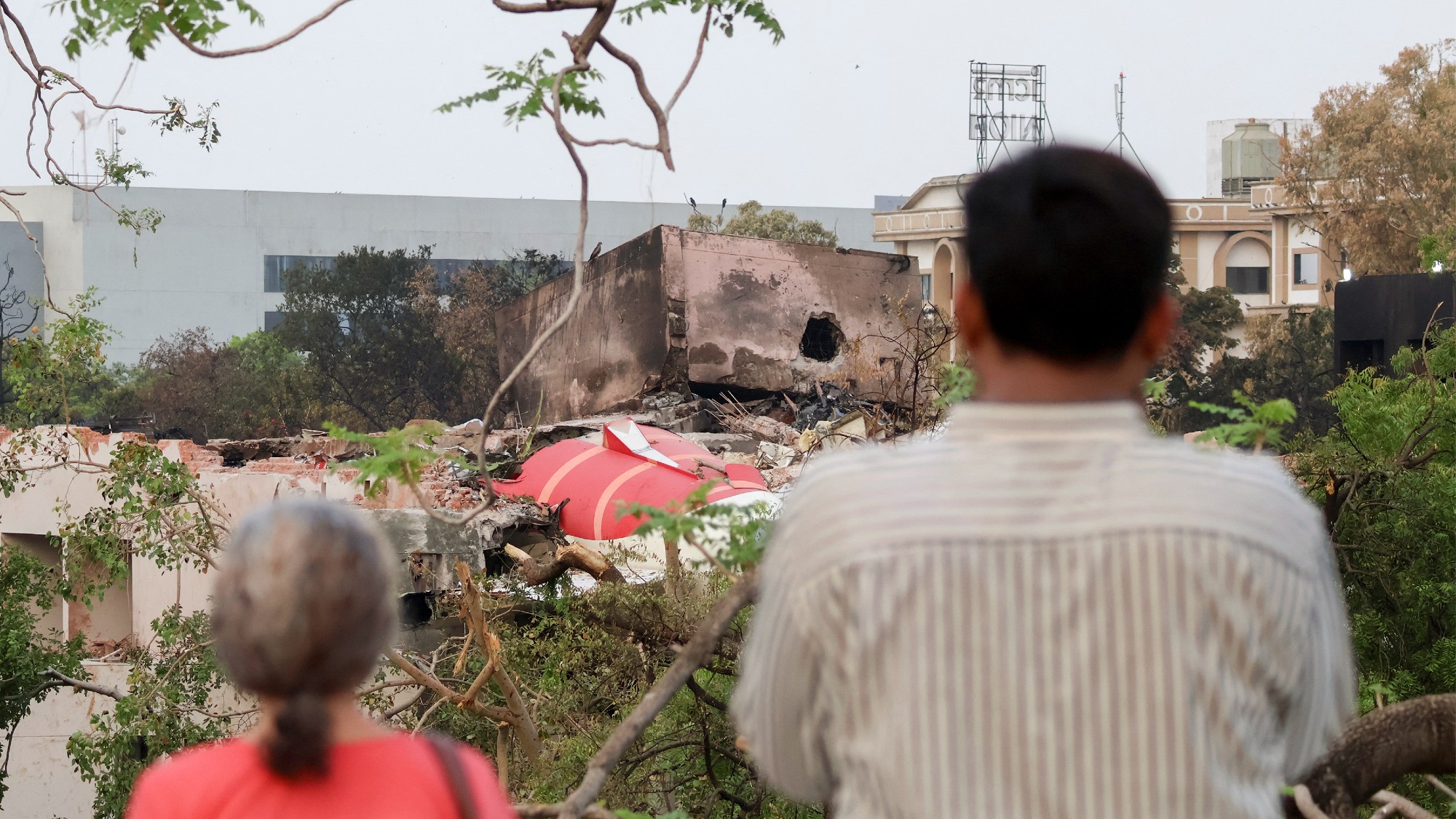 What happened to Air India Flight 171?
What happened to Air India Flight 171?Today's Big Question Preliminary report reveals 'fundamental reason' why jet crashed, but questions remain about whether it was 'deliberate, accidental or if a technical fault was responsible'
-
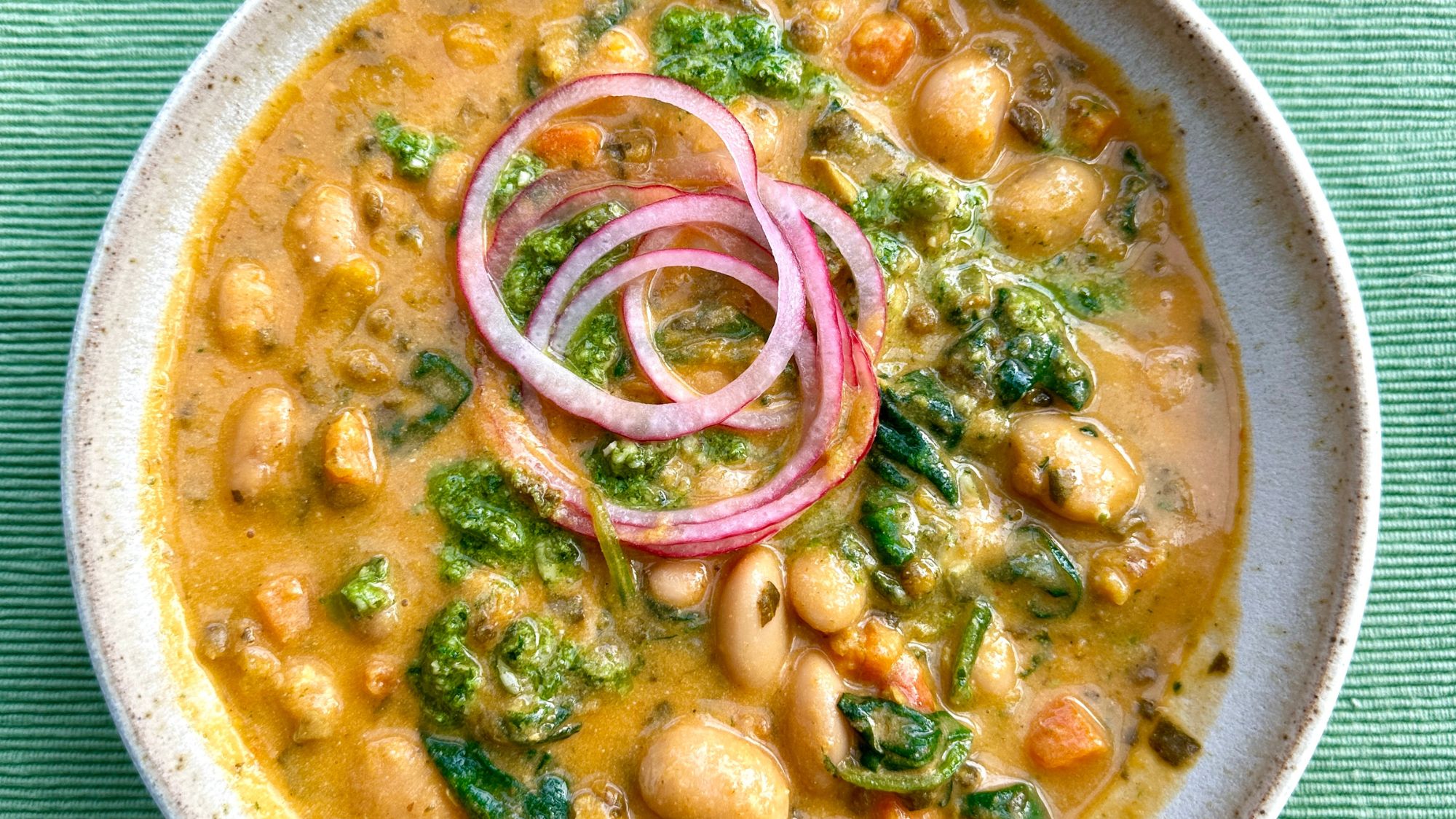 Anshu Ahuja's golden coconut and butter bean curry recipe
Anshu Ahuja's golden coconut and butter bean curry recipeThe Week Recommends Plump, creamy beans in a sweet, spicy sauce
-
 How to go on your own Race Across the World
How to go on your own Race Across the WorldThe Week Recommends The BBC hit show is inspiring fans to choose low-budget adventures
-
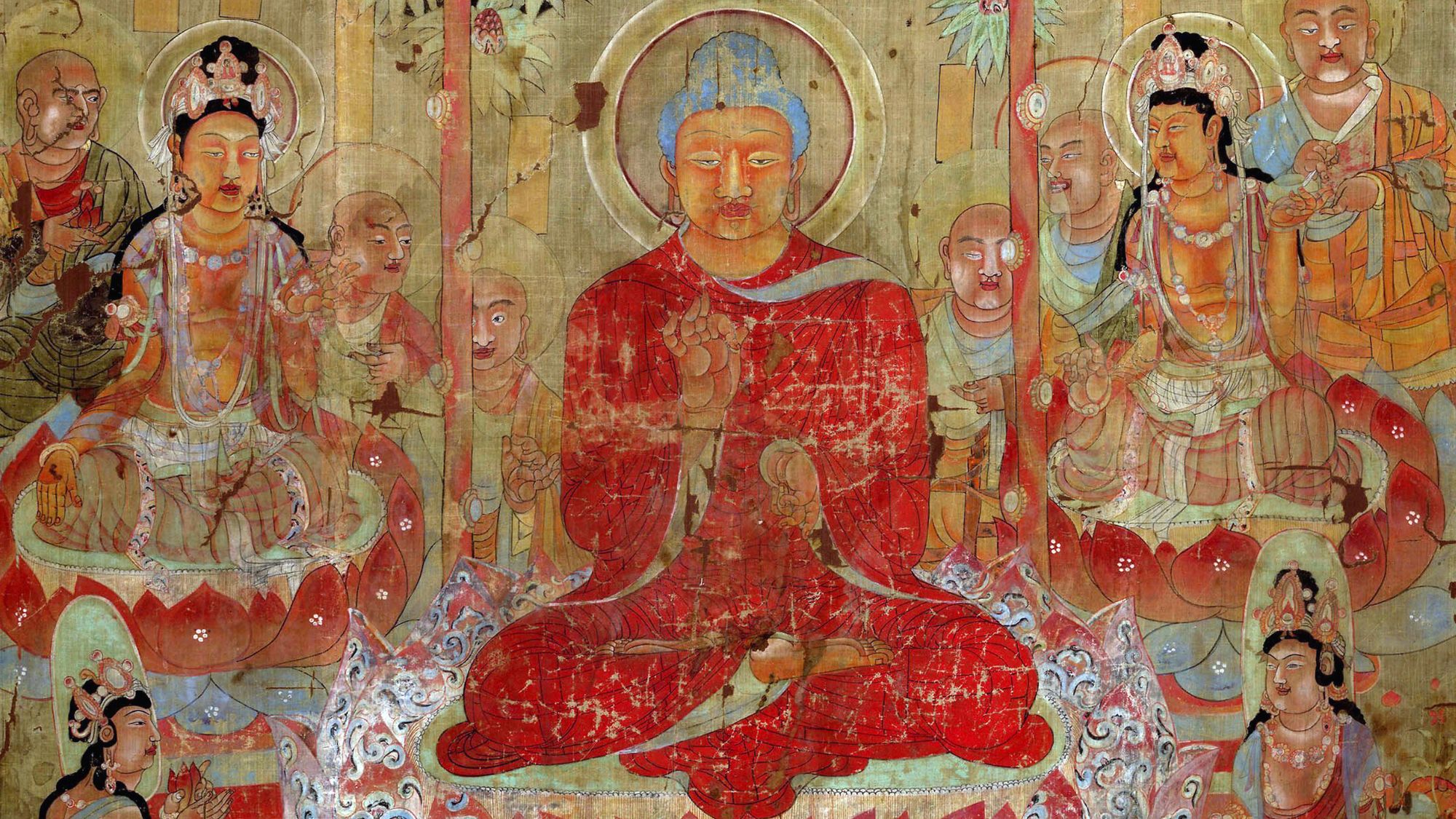 Ancient India: living traditions – 'ethereal and sensual' exhibition
Ancient India: living traditions – 'ethereal and sensual' exhibitionThe Week Recommends Hinduism, Jainism and Buddhism are explored in show that remains 'remarkably compact'